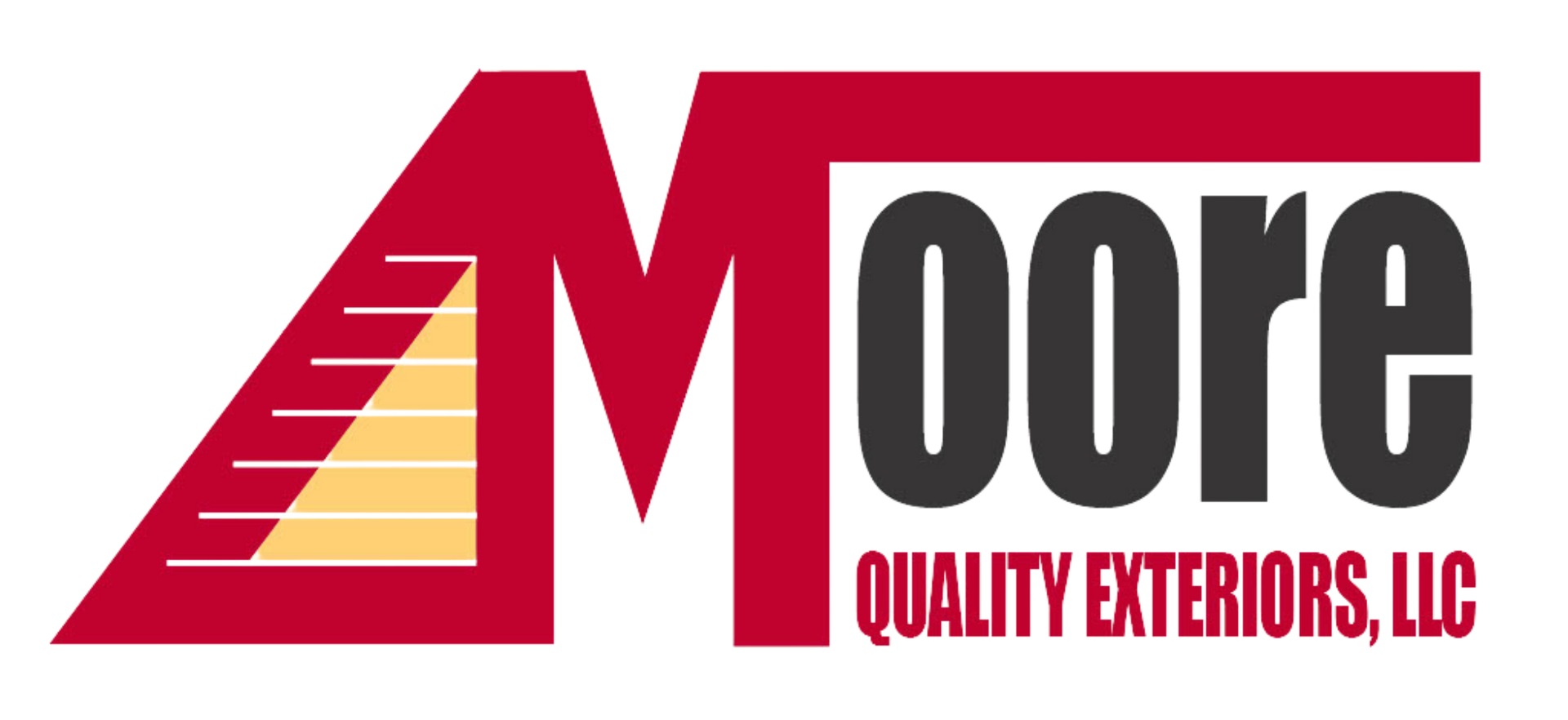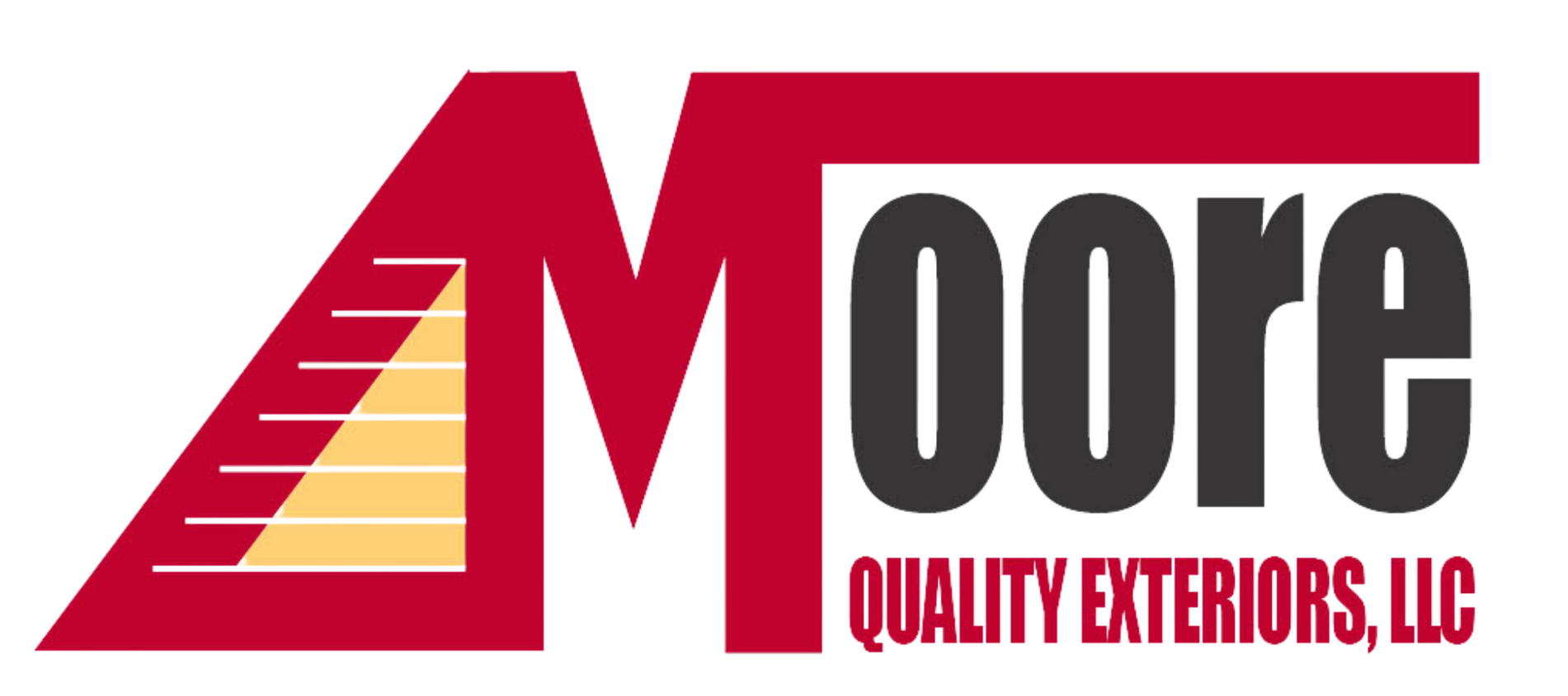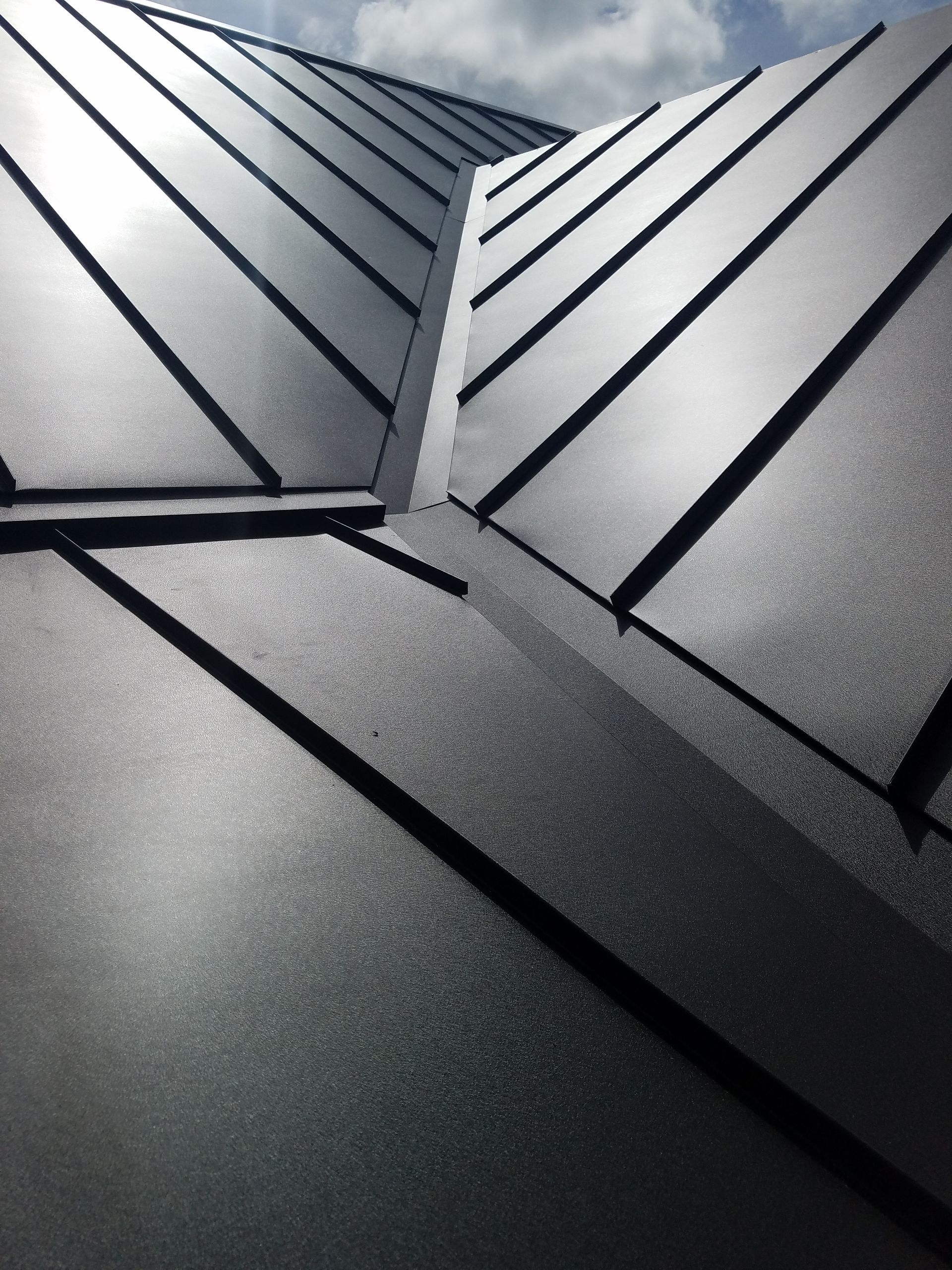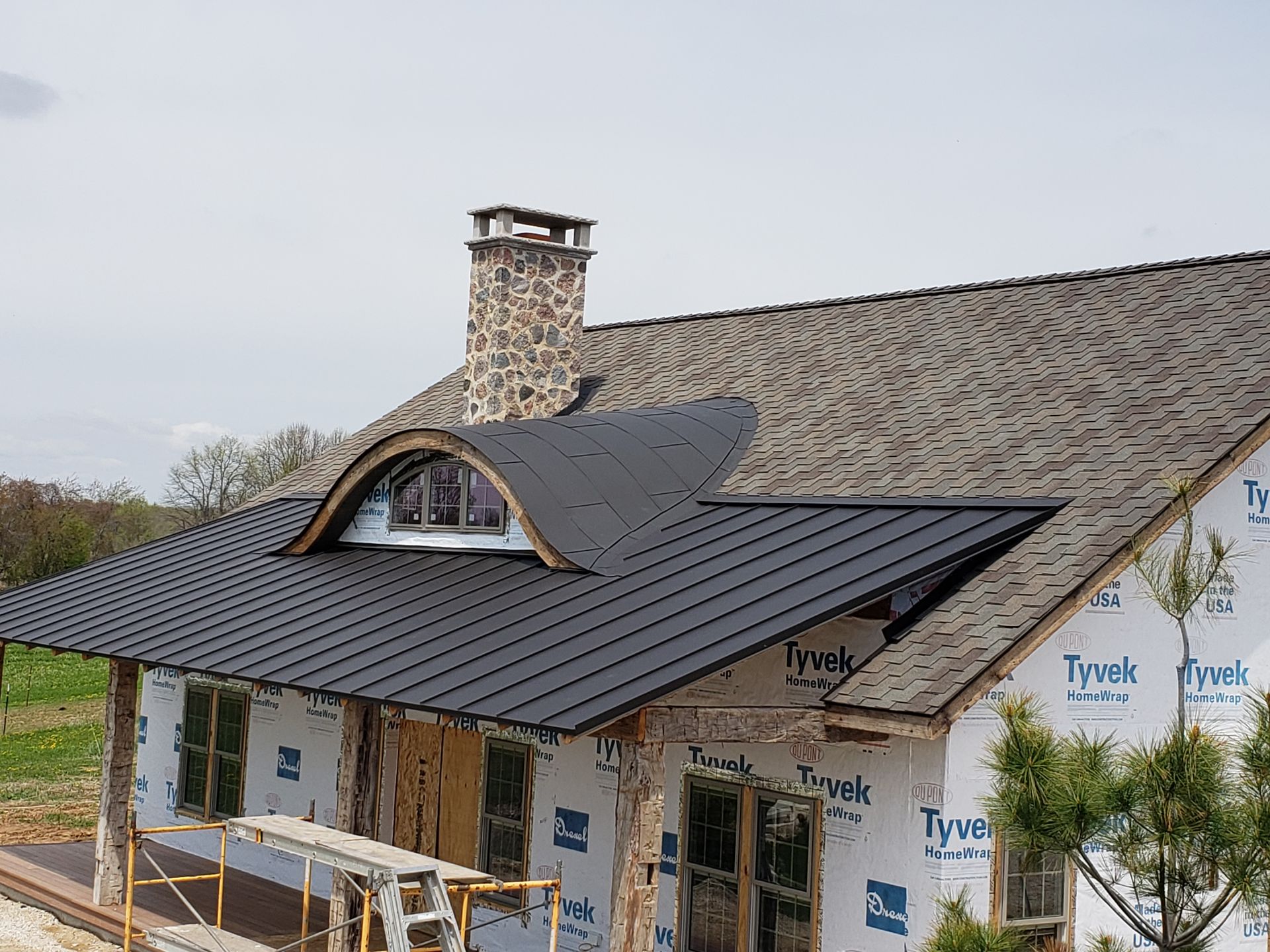What’s Better for a Wisconsin Winter: Shingle Roof or Metal Roof?
Chad Moore • December 5, 2024
Expert Advice from Moore Quality Exteriors
Wisconsin winters are known for their heavy snowfall, icy conditions, and freezing temperatures. If you’re considering a new roof for your home, you may be wondering which material is better suited to handle these harsh conditions: shingles or metal? At Moore Quality Exteriors, we’ve helped countless Wisconsin homeowners make the right roofing choice for their needs. Here’s an in-depth look at both options to help you decide.
Shingle Roofs: A Traditional Favorite
Shingle roofs are one of the most common roofing options in Wisconsin and across the U.S. Here’s why they’re a popular choice:
Advantages of Shingle Roofs
Cost-Effective: Asphalt shingles are typically less expensive upfront than metal roofing, making them a budget-friendly option.
Ease of Installation and Repairs: Shingle roofs are relatively simple to install and repair, which can save time and labor costs.
Wide Availability: Shingles come in a variety of colors and styles, making it easy to match your home’s aesthetic.
Decent Insulation: Shingles provide some insulation, which can help maintain indoor temperatures during cold weather.
Challenges of Shingle Roofs in Winter
Snow Accumulation: Shingle roofs are prone to snow buildup, which can lead to added weight and potential ice damming.
Shorter Lifespan: Extreme weather conditions can cause shingles to crack or lose granules, reducing their durability over time.
Maintenance Needs: Regular inspections and repairs are necessary to prevent damage from snow and ice.
Metal Roofs: Durable and Efficient
Metal roofing has become an increasingly popular choice for Wisconsin homes, especially in areas with heavy snowfall. Here’s what makes metal roofing stand out:
Advantages of Metal Roofs
Snow Shedding: The smooth, slippery surface of metal roofs allows snow and ice to slide off easily, reducing the risk of buildup and ice dams.
Durability: Metal roofs are extremely resilient, withstanding strong winds, heavy snow, and freezing temperatures without cracking or warping.
Longevity: While the upfront cost is higher, metal roofs can last 40-70 years, far outlasting shingles.
Energy Efficiency: Metal reflects sunlight, which can help reduce heating costs in the winter.
Low Maintenance: Metal roofs require minimal upkeep, saving time and money in the long run.
Challenges of Metal Roofs in Winter
Higher Initial Cost: The upfront investment for a metal roof is higher than that of shingles.
Noise: Without proper insulation, metal roofs can be noisier during heavy rain or hail.
Appearance: While modern metal roofs come in a variety of styles, some homeowners prefer the traditional look of shingles.
Which Is Better for Wisconsin Winters?
Both shingles and metal roofs have their merits, but the best choice for your home depends on your priorities:
If cost is your main concern, shingles might be the better option, but be prepared for more maintenance and a shorter lifespan.
If you’re looking for durability, energy efficiency, and low maintenance, metal roofs are the clear winner, especially in Wisconsin’s snowy and icy conditions.
Why Choose Moore Quality Exteriors?
At Moore Quality Exteriors, we understand the unique challenges of Wisconsin winters and can help you choose the perfect roofing solution for your home. Whether you prefer the affordability of shingles or the long-term benefits of metal, our team of experienced professionals will deliver exceptional installation and service.
Contact Us Today
Ready to upgrade your roof before the next winter storm? Contact Moore Quality Exteriors to schedule a consultation and learn more about your options. We’re here to ensure your home stays protected and comfortable no matter the season.








